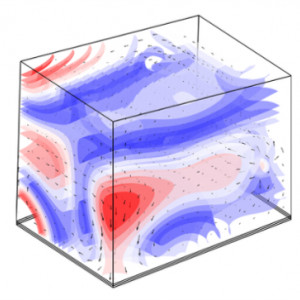 \
&
Contact us
\
&
Contact us
 \
&
Contact us
\
&
Contact us
Published on | 4 years ago
Programmes Missions New European Bauhaus Horizon Europe JRC Green DealThe New European Bauhaus Initiative was officially launched by the European Commission on 18 January 2021. It aims to bring the European Green Deal closer to the people based on three core values: sustainability, accessibility and aesthetics. The initiative will be a creative and interdisciplinary space where architects, artists, students, scientists, engineers and designers can collaborate which each other in order to turn this vision into reality.
The New European Bauhaus will unfold in three phases: Design, Delivery and Dissemination.
The European Commission will organise a series of online info sessions where the European Bauhaus Team will present this new initiative and the opportunities to contribute to this Bauhaus initiative. The full schedule of the online info sessions can be found here or on our events page. The first one is planned for 15 February and can be followed by livestream.
To learn more on this initiative, you can also visit the New European Bauhaus website or have a quick look at this Two Page Note - ‘New European Bauhaus explained'.
We offer news and event updates, covering all domains and topics of Horizon Europe, Digital Europe & EDF (and occasionally, for ongoing projects, Horizon 2020).
Stay informed about what matters to you.
By signing up, you can opt in for e-mail notifications and get access to
a personalised dashboard that groups all news updates and event announcements in your domain(s).
Only for stakeholders located in Flanders
Deployment: Best use of technologies
Please note that the European Commission has extended the deadline for call DIGITAL-2025-BESTUSE-TECH-09 with the following two call topics: European Digital Identity Wallet EU Mobile Driving Licences) NEW closing date: 15 January 2026 (previously 09 December 2025) read more

The Marie Skłodowska-Curie Action (MSCA) European Innovative Training Network “PBNv2 - Next generation Pass-By Noise approaches for new powertrain vehicles” started in May 2017. Their research has the shared objective of investigating the possibilities to decrease pass-by noise of vehicles.
The project is a collaboration between 17 research institutions and companies in the European automotive R&D and provides a learning environment for 14 PhD fellows. The Belgian partner is the Noise and Vibration Research Group of KU Leuven, and this project is one of the many Horizon 2020 MSCA Innovative Training Networks that the KU Leuven research group participates in.